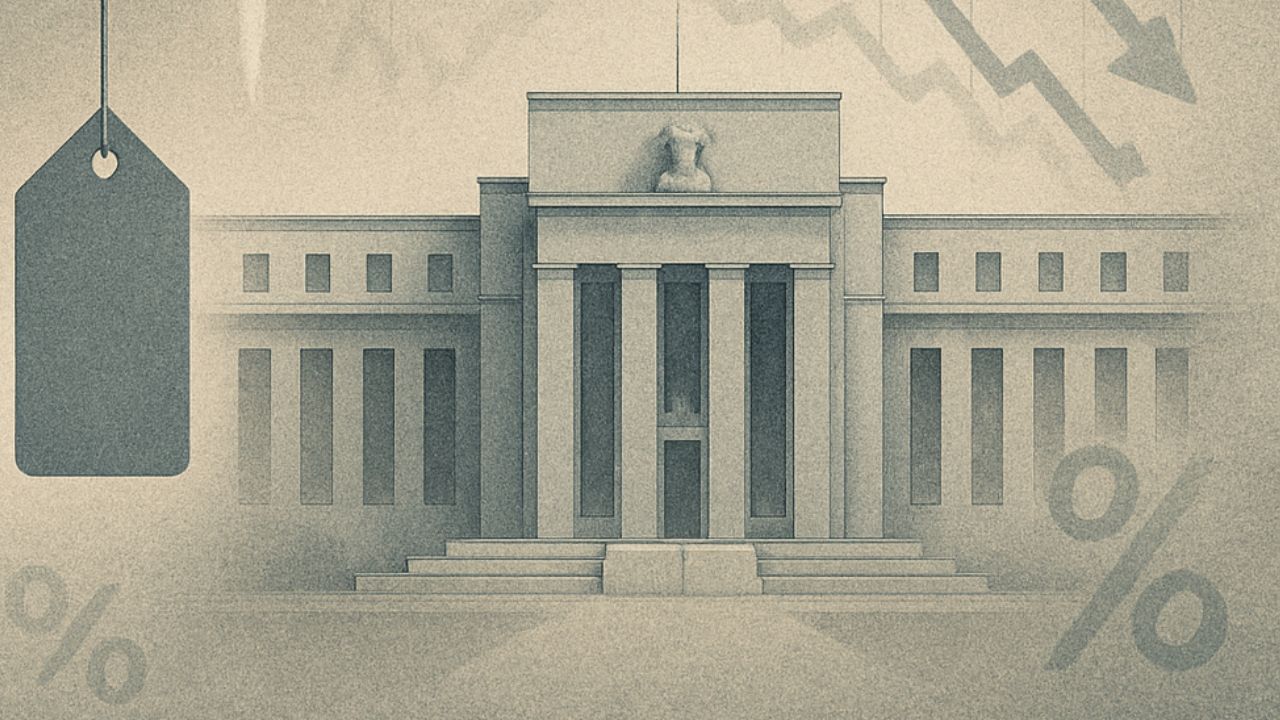The latest U.S. Producer Price Index (PPI) for August 2025 showed weaker-than-expected growth in producer prices, confirming that inflationary pressures continue to ease as the economy slows.
This surprise result comes just ahead of tomorrow’s Consumer Price Index (CPI) release and a pivotal Federal Reserve (Fed) policy meeting, putting the spotlight on potential monetary easing.
Key PPI Results and Market Reaction
The August PPI for final demand fell 0.1% month-on-month, with a 12-month increase of 2.6% – well below the 3.3% forecast.
Core PPI, which excludes food, energy, and trade services, rose 0.3% on the month and 2.8% over the year, showing signs of moderation compared to earlier peaks.
The decline was driven mainly by lower service costs, especially trade margins, while goods prices saw modest gains led by tobacco and select food items.
Markets responded positively – stock futures climbed, while Treasury yields eased as traders priced in looser monetary policy.
Also Read – Should You Go for Klarna IPO?
Implications for the Fed and Interest Rates

The combination of softer inflation and a weakening economy gives the Fed strong justification to cut rates at its September 16-17 FOMC meeting.
- Most market participants expect a 25 basis point cut, while a smaller group sees potential for a 50 bp move.
- Expectations are also building for additional cuts later in 2025 as growth and inflation continue to show signs of slowing.
Also Read – Will the Fed’s Rate Cuts in 2025 Boost Stocks or Spark Inflation?
The PPI is often seen as an early signal for the CPI.
If tomorrow’s CPI data also confirms softer inflation, the case for rate cuts will be cemented, likely fueling further rallies in equities and bonds.
CPI Preview and Stock Market Outlook
Consensus forecasts for the August CPI point to a 0.3% MoM and 2.9% YoY rise, with core CPI at 3.1% YoY. While inflation remains above target, it is far from runaway.
Higher food prices may push the headline number up, even as other categories show moderation.
Traders expect heightened volatility around the CPI release and the Fed meeting, as rate expectations and risk sentiment adjust in real time.
Labor Market Weakness Adds Pressure
The U.S. labor market continues to soften, adding urgency to the Fed’s easing path:
- August saw only 22,000 new jobs, while unemployment climbed to 4.3%, the highest in nearly four years.
- Wage growth slowed to 3.7% YoY, a sign of reduced worker bargaining power.
- Benchmark revisions revealed the economy created 911,000 fewer jobs in the year through March 2025 than previously reported – a historic downward adjustment.
- Job gains are now concentrated in health care, while industries like manufacturing and business services are contracting.
Also Read – What is Nonfarm Payrolls (NFP)? – Complete Guide for Traders and Investors
The Fed is increasingly concerned that weakening labor momentum could lead to stagnation, reinforcing the case for policy easing.
This article is for informational purposes only and should not be considered financial advice. Investing in stocks, cryptocurrencies, or other assets involves risks, including the potential loss of principal. Always conduct your own research or consult a qualified financial advisor before making investment decisions. The author and publisher are not responsible for any financial losses incurred from actions based on this article. While efforts have been made to ensure accuracy, economic data and market conditions can change rapidly. The author and publisher do not guarantee the completeness or accuracy of the information and are not liable for any errors or omissions. Always verify data with primary sources before making decisions.

